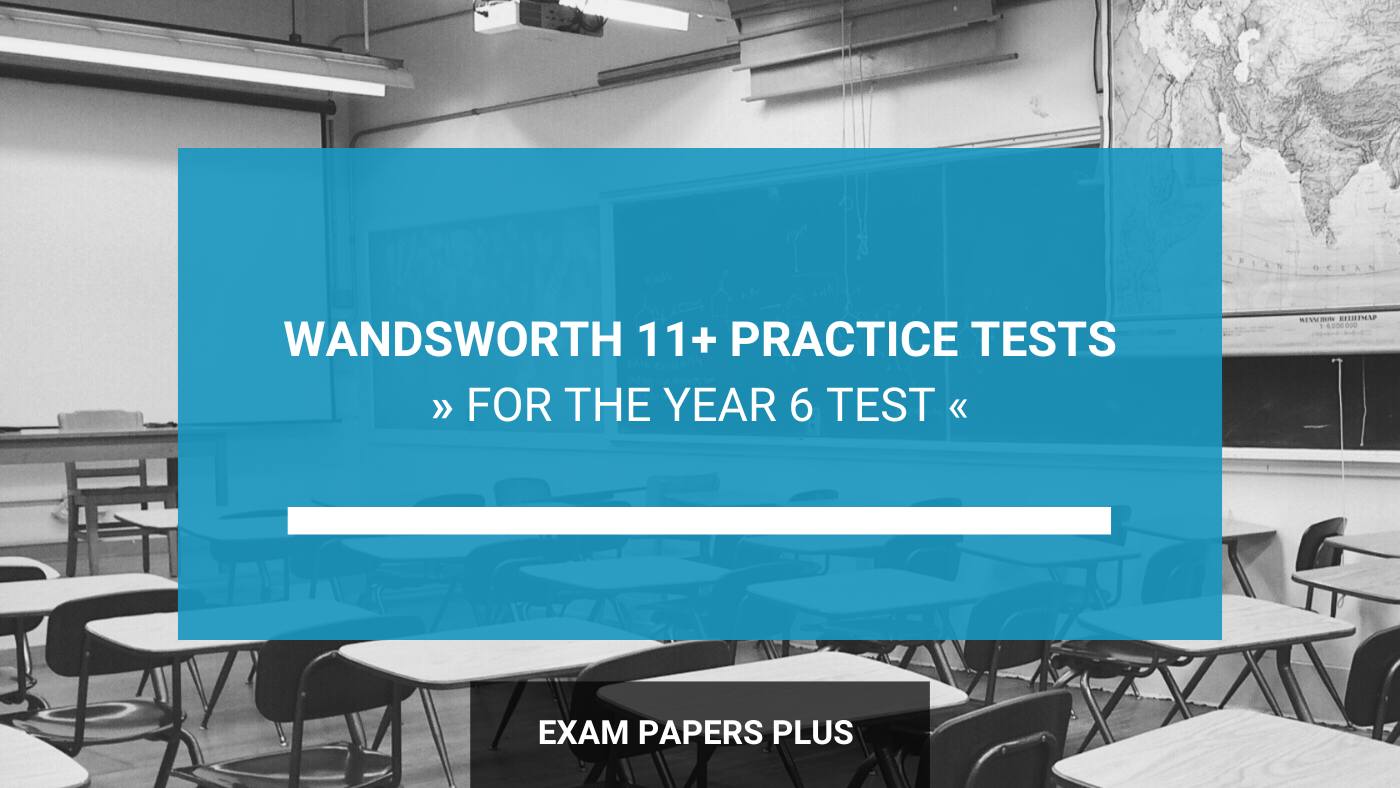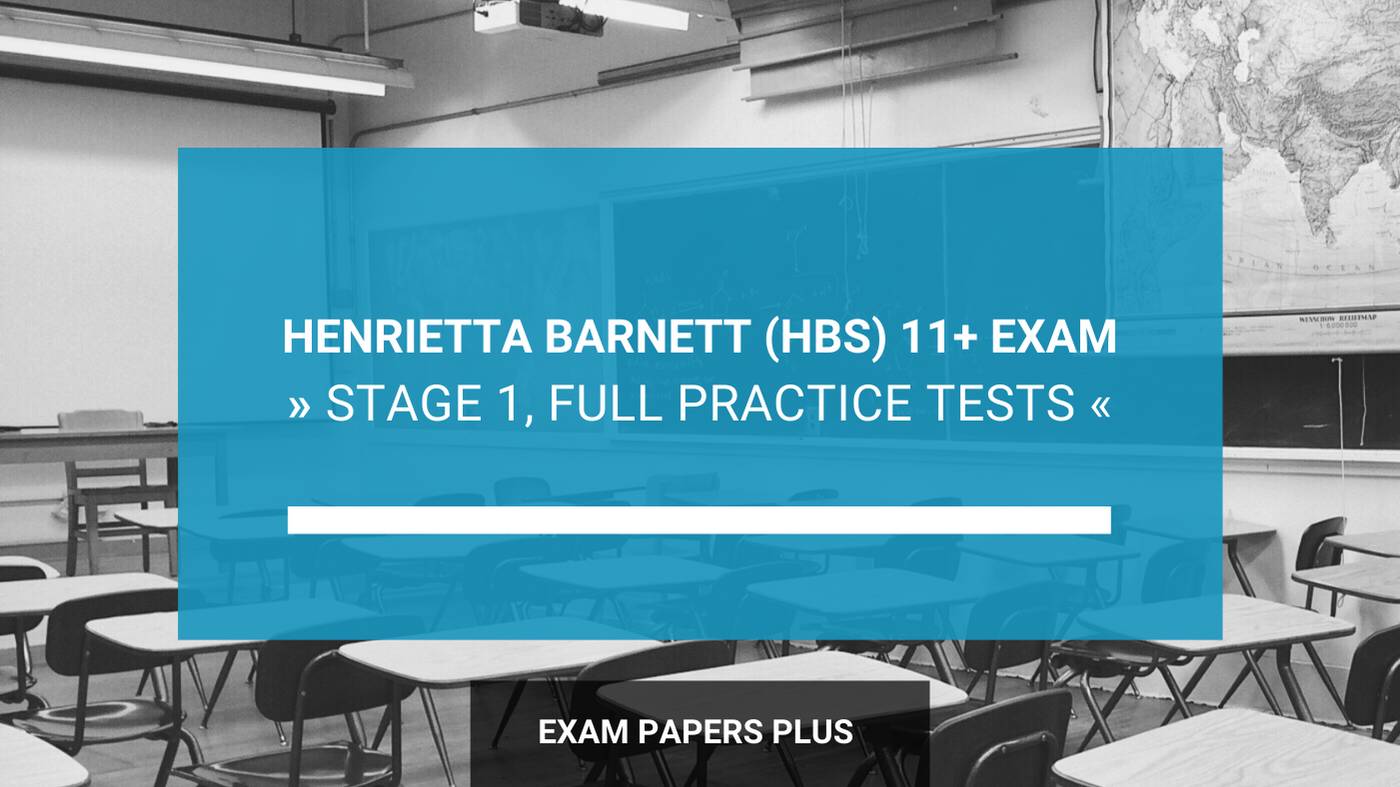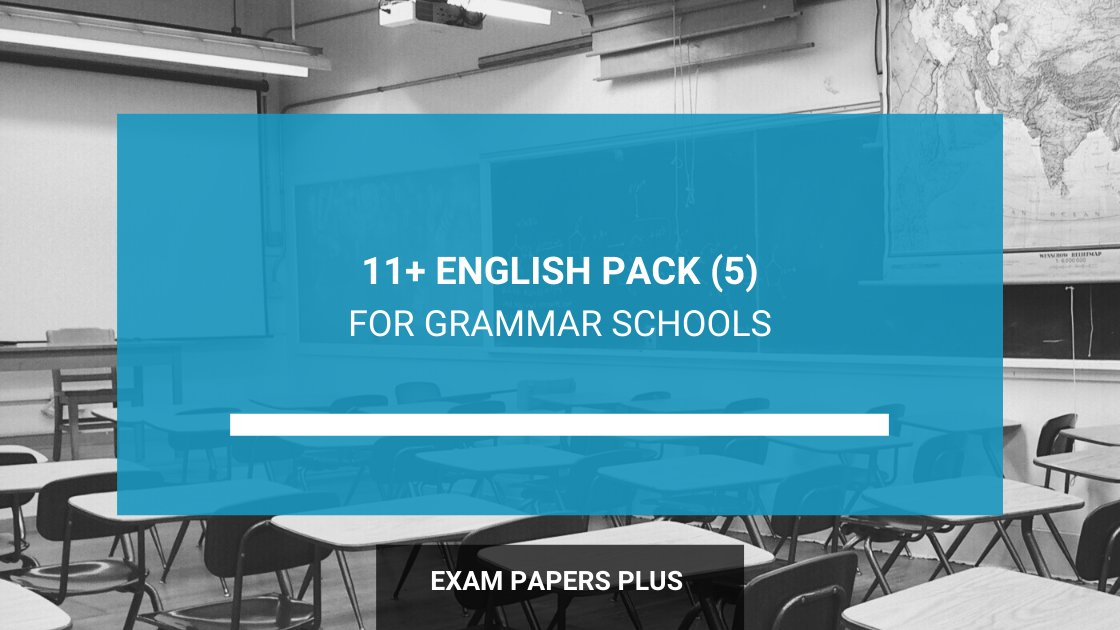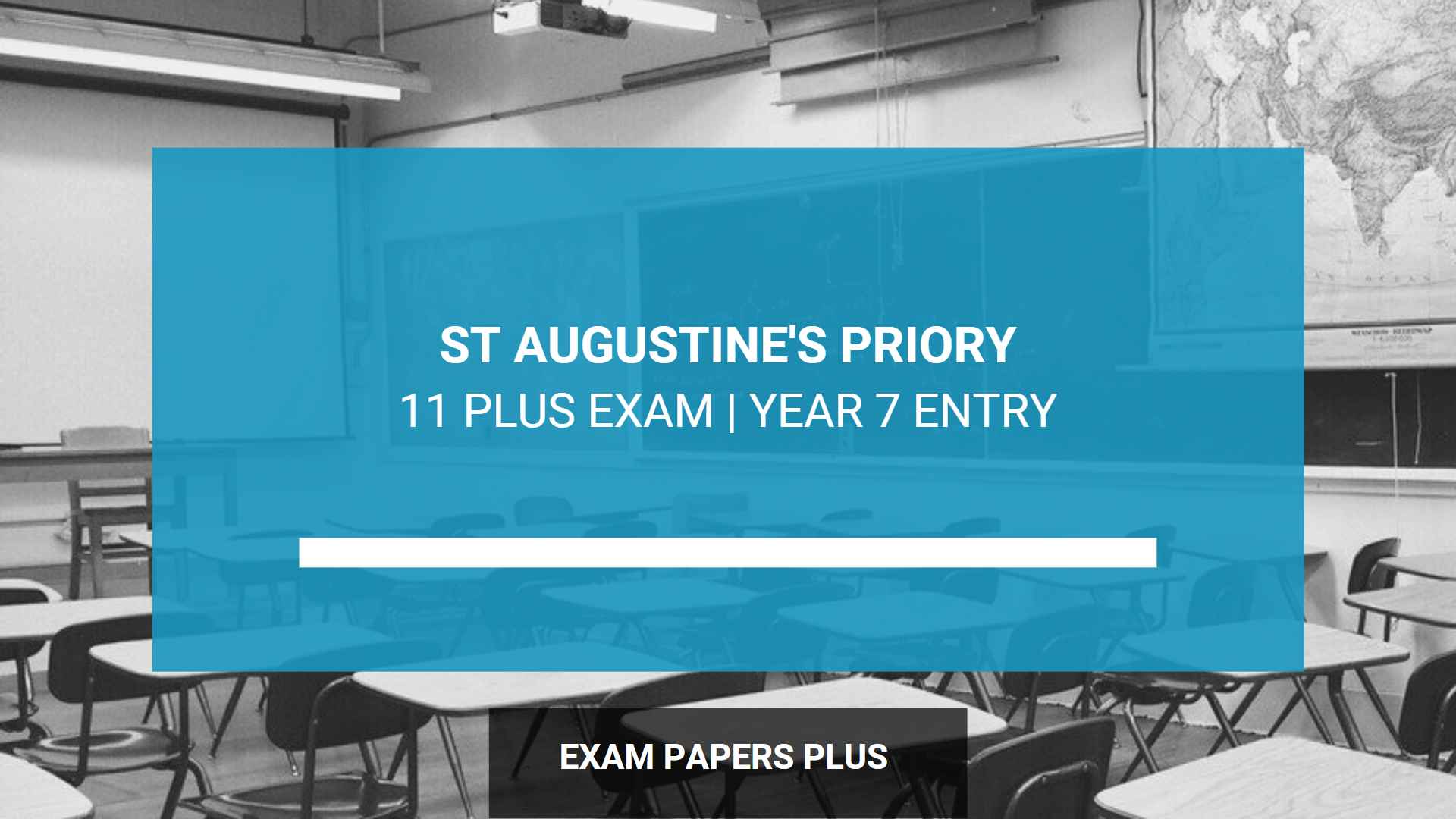
What came up in the 2020 Entry 11+ Exam?
Bookmark this page? Pop your email into the box below to receive a link to this article so you can easily refer back to it later.
Table of Contents
Introduction
At Exam Papers Plus, we are very pleased to be able to share with our round-up of what came up in last year’s (2019/20) exams at independent schools assessing for 11+ entry in September 2020. This information is based on feedback received from many kind parents – thank you to all those who contributed, we appreciate it!
If you would like to provide feedback about exams your child took, then we would love to hear from you – please contact us here.
If your child is aiming for 11+ entry (or 13+ entry, which is now being assessed by many schools who use the pretest format in Year 6) at a competitive school, this article will prove useful.
What is a pretest and why do schools use them?
Many schools use a pretest, taken in Year 6, for both 11+ entry and 13+ entry. It is primarily based on the Year 5 and Year 6 curriculum. The aim of the pretest is to whittle down suitable candidates. Those who successfully pass the pretest will be called back to sit a second-round assessment; this is certainly the case for most of the competitive London day schools and well-regarded boarding schools. Some schools solely use the pretest as their entry assessment criteria and do not have a second round.
Nearly 60 schools use the ISEB Pretest which is a computerised, multiple-choice test, assessing maths, English, verbal and non-verbal reasoning. Some schools have their own pretest; for example, King’s College Wimbledon has a written paper and St Paul’s Girls’ School use an online test called CEM Select.
To see which schools use the ISEB Pretest, click here.
What happened in last year’s 11+ exam (for September 2020 entry)
Pretest and first-round assessments
To see how the ISEB Pretest looks and feels, check out our online practice tests at Pretest Plus, our sister company.
A different provider, CEM, creates the first round assessments for a number of schools such as JAGS, SPGS and many more.
CEM also create the London Consortium test. For more details on the 11+ Consortium test, take a look at this article. It gives you tips on how best to prepare. We have been reliably informed by parents that the exam was ‘exactly like’ the format of our CEM papers! Links to the relevant papers can be found in the article. There were about 18 maths questions in the test this year, with a greater focus on VR (cloze passages, word choice, similar meanings, short comprehensions) and NVR.
The pretest used by St Paul’s Girls’ school (and similar to what Eton College use for their second round) is also written by CEM and in both cases is online. Therefore, if you are preparing for these schools, you need to make sure you are using CEM-style online practice tests and CEM-style papers.
King’s College Wimbledon writes their own pretest paper which they use for assessing both 11+ and 13+ entry. They test in English, maths and reasoning. Their papers tend to be long, so it’s essential that boys learn how to pace themselves and work quickly but accurately. Exam technique is so important here.
Second-round assessment feedback
After the taking the ISEB Pretest, candidates trying for this boys’ school in Central London took written papers in maths and English as part of its second-round process. The English exam included a tough comprehension on a passage from ‘The Elephant Thief’ with lots of high mark questions. The writing task was a response to the title, ‘Physical strength is not as important as other qualities’ in which candidates were asked to ‘discuss’ and provide their own opinion.
The maths paper at this school was challenging and included questions on simultaneous equations, ratio, proportion and word problems. There were 19 questions in total. We have been told that only one person out of 250 got the final question on the paper right…but maybe this is an urban myth! What it does tell us however is that it was tough! Check out our 11+ Maths Problem Solving pack if you want to challenge and prepare your child along similar lines.
At this South West London girls’ school, the second round included deciphering poems in a different language. This type of task relies on a candidate’s ability to spot and predict patterns in language, rhythm and rhyme. Maths was tested as part of a discussion on wind turbines. Similarly, another central London girls’ school also has a deciphering-language style task as part of its second-round comprehension paper: this year old Cornish was the language used!
This boys’ school, ‘south of the river’, tests in maths and English. Their comprehension paper is 45 minutes long and has included a traditional prose passage, poem or extract from a play in the past few years. Last year, the poem ‘Hoary’ by Michele Seminara, featured in its round two assessment. In general, emphasis lies on inference and the effect of language questions. The composition paper is also 45 minutes in length and can cover a range of genres, such as story, description, speech, diary, letter or article. This year a descriptive piece was required.
They have a three-part maths paper. The first part is multiple choice; the second part focuses on calculation; and the third part is the most challenging, containing multi-step word problems. They are looking for boys who are willing to ‘have go’ at analysing problems by applying familiar techniques in unfamiliar situations in order to assess their application of knowledge.
At this co-ed school the 11+ multiple-choice English exam is notoriously challenging. This year the passages were taken from ‘The Signalman’, a short story by Charles Dickens and ‘Jane Eyre’ by Charlotte Bronte. There were lots of questions on word meanings, so a wide vocabulary is essential. The creative writing task gave candidates two options: to write about a place with too little water (setting and atmosphere-focused) or to write in the guise of a bus driver, saying what you think and feel (a first person, characterisation piece.)
The maths paper was a combination of multiple-choice and open answer questions. It contained 39 questions in total, of which 20 were MC. The final problems on the paper were tricky and challenging.
General guidance on how to tackle 11+ exams
In terms of preparation and timing, we recommend that you concentrate on instilling knowledge and content in the first six to eight months of the year, so that by the summer holidays your child will have learnt much of what they need to know, or at least have been exposed to it.
Children learn at different rates. There will still be certain areas, dependent on the individual child, that may need revision and consolidation right up until the exams. This is all normal and natural. We recommend bringing in timed practice from the summer onwards to hone exam technique. Whilst you will have been dabbling in timed tasks and building stamina throughout the year, now is the time to be strategic in your preparation. Make a concerted effort to do full practice papers under exam conditions on a regular basis and do some mock exams in an exam environment.
English skills take longer to build. The best thing you can therefore do is actively read with your child, discussing what you are reading together. Talk about words, imagery, character actions, motivations and emotions. Children who are read to and then who read a lot themselves, have a wide vocabulary and a strong understanding of plot. This will help them in their own writing. Check out our 11+ Reading Workbook, which will help you to understand and undertake interactive reading with your child. You will then be able to take these skills and transfer to any passage or book you’re reading together. It’ll really help!
Our 11+ Writing and Comprehension guides cover all the bases in an engaging, step-by-step way and are great for both parents and tutors to use.
In terms of 11+ maths, we recommend that you prepare for all topics, as you never know what will come up. Challenging bonus questions seem to be a recurring feature on most schools’ papers as a way to identify the truly brilliant mathematicians. Whilst a school is not necessarily expecting many – if any – candidates to get these tough questions right, they are interested in seeing how a student approaches them. Therefore, always encourage your child to have a go and not give up.
For some tricky and challenging questions, take a look at 11+ Maths Problem Solving pack.
We hope that you find this post on last year’s exams helpful and welcome any questions! Please feel free to contact us here.
Bookmark this page? Pop your email into the box below to receive a link to this article so you can easily refer back to it later.
















